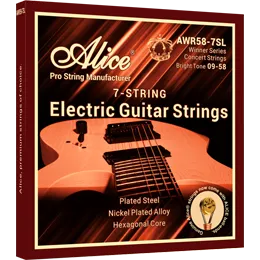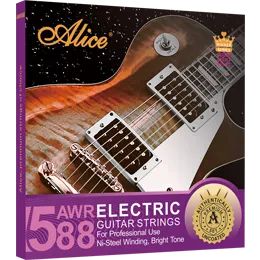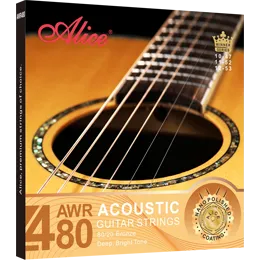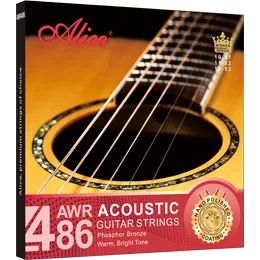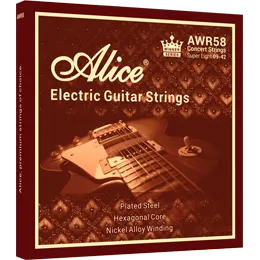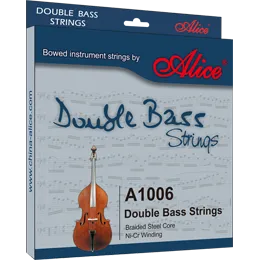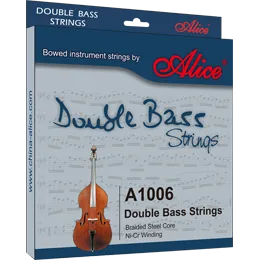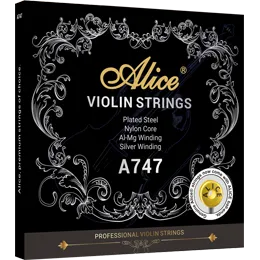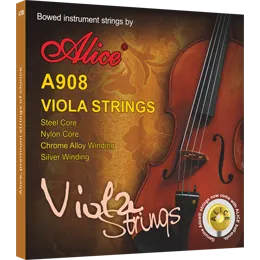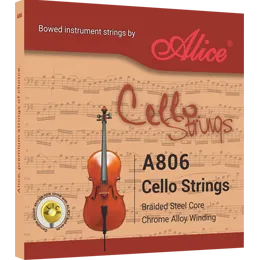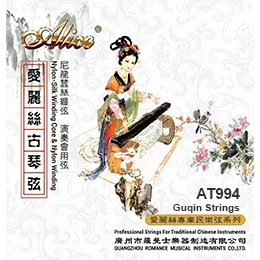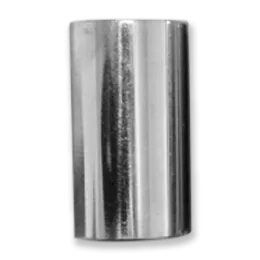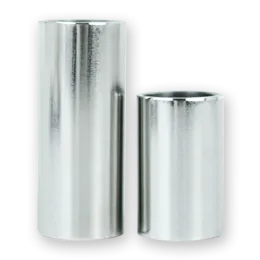Complete Guide to Guitar String Materials: Which One Is Right for You?
Choosing the right guitar strings is one of the most important decisions a guitarist can make—yet it's often overlooked. Beyond string gauge or brand, the material of the strings plays a crucial role in shaping the tone, feel, and even longevity of your instrument. Whether you play acoustic, electric, or classical guitar, understanding the different types of string materials can help you find the sound and feel that best matches your playing style.
Why Guitar String Material Matters
Each string material affects:
Tone quality (bright vs. warm)
String life and corrosion resistance
Tension and feel under the fingers
Volume and projection
Playability and response
The “best” material depends on your guitar type (acoustic, electric, classical), musical genre, and personal preferences.

1. Phosphor Bronze (Acoustic Guitar)
Phosphor bronze is one of the most popular materials for acoustic guitar strings.
Features:
Composed of 92% copper, 7% tin, and 1% phosphorus
Warm, balanced tone with excellent low-end response
Long-lasting due to corrosion-resistant properties
Best for:
Fingerstyle and folk players
Singer-songwriters
Players looking for a rich, mellow tone
2. 80/20 Bronze (Acoustic Guitar)
80/20 bronze (also called brass strings) is a blend of 80% copper and 20% zinc.
Features:
Brighter and crisper tone than phosphor bronze
Great articulation and presence
Shorter lifespan (oxidizes quickly)
Best for:
Recording artists needing clarity
Bright-toned guitars or dark-sounding wood types
Players who change strings often
3. Silk and Steel (Acoustic Guitar)
These strings use a steel core wrapped in silk or nylon threads beneath the outer winding.
Features:
Softer feel and lower tension
Mellow, classical-like tone
Less volume but easier on the fingers
Best for:
Beginners or players with sensitive fingers
Folk and fingerpicking styles
Parlor or vintage-style guitars
4. Nickel-Plated Steel (Electric Guitar)
This is the most common material for electric guitar strings.
Features:
Bright, punchy sound with good sustain
Balanced tone that suits many genres
Magnetic, perfect for electric pickups
Best for:
Rock, blues, pop, and general-purpose playing
Players who want a responsive and versatile string
5. Pure Nickel (Electric Guitar)
Before nickel-plated steel became the standard, pure nickel strings were the norm.
Features:
Warmer, vintage-style tone
Smoother feel under fingers
Lower output than nickel-plated steel
Best for:
Jazz, classic rock, and blues
Players seeking a more laid-back, vintage tone
6. Stainless Steel (Electric Guitar)
These strings are made for durability and brightness.
Features:
Very bright tone with a snappy attack
Resistant to corrosion
Slightly rougher texture
Best for:
Players with acidic sweat
High-output genres like metal or punk
Environments with high humidity
7. Coated Strings (Both Acoustic and Electric)
These strings feature a protective polymer layer over the winding.
Features:
Longer lifespan (up to 3–5 times more than regular strings)
Smoother feel and less finger noise
Slight reduction in brightness for some coatings
Best for:
Touring musicians or players who dislike changing strings often
People with sweaty hands or corrosive touch
Players seeking convenience and value
8. Nylon Strings (Classical Guitar)
Classical guitars use nylon strings, not metal.
Features:
Soft and flexible with low tension
Warm and gentle tone
Not magnetic—unsuitable for electric pickups
Note: The bass strings are usually silver-plated copper wound over a nylon core.
Best for:
Classical, flamenco, and Latin guitar styles
Beginners or young players
Fingerstyle and solo playing
9. Polymer and Carbon Strings (Classical/Hybrid)
Advanced players sometimes choose fluorocarbon or composite strings for modern classical tones.
Features:
Brighter and more stable tuning than traditional nylon
Sharper attack and clearer intonation
Often used for concert or performance situations
How to Choose the Right String Material for You
Here’s a quick guide based on your needs:
If you want... | Choose |
Bright, crisp tone (acoustic) | 80/20 Bronze |
Warm, balanced tone (acoustic) | Phosphor Bronze |
Softer, mellow feel | Silk and Steel |
Vintage electric tone | Pure Nickel |
Bright, aggressive electric tone | Stainless Steel or Nickel-Plated Steel |
Longevity and less maintenance | Coated Strings |
Classical sound and low tension | Nylon |
Modern classical brilliance | Carbon or composite |
If you're looking for a bright, crisp tone on your acoustic guitar, then 80/20 Bronze strings are an excellent choice. They offer a clear, shimmering sound that cuts through well.
For those who prefer a warm and balanced tone, especially suitable for singer-songwriters or fingerstyle players, Phosphor Bronze strings deliver a rich and mellow character.
If comfort is your top priority and you enjoy a softer, more mellow feel, Silk and Steel strings provide a gentler playing experience with reduced tension.
When it comes to electric guitars, players seeking a vintage tone should consider Pure Nickel strings. They offer a smooth feel and a classic, warm sound that suits jazz, blues, and early rock.
If your style demands a bright and aggressive tone, such as in rock or metal, go for Stainless Steel or Nickel-Plated Steel strings. These provide excellent brightness and bite, with enhanced durability.
For players who value string longevity and minimal maintenance, Coated Strings are ideal. They feature a protective layer that resists corrosion and extends the life of your strings significantly.
If you're playing classical guitar or want low string tension with a warm sound, Nylon Strings are the traditional choice. They're easy on the fingers and well-suited for classical, flamenco, and fingerstyle music.
Finally, for classical guitarists seeking a modern, bright, and stable tone, Carbon or composite strings offer enhanced projection, tuning stability, and brilliance—ideal for performance situations.
Final Thoughts
There’s no one-size-fits-all answer to string material—your choice should reflect your playing style, musical genre, and tonal preference. Whether you play gently with your fingertips or hammer down with a pick, the right string material will complement your guitar and your technique.
Try experimenting with different materials to discover what brings out the best in your instrument. Many players even switch between brands or materials depending on the season, gig type, or guitar used.
Discover Your Sound with Alice Strings
If you're looking for reliable, high-quality guitar strings in a wide range of materials, Alice Strings offers some of the best value in the market. From phosphor bronze and 80/20 bronze for acoustic guitars to nickel-plated steel and coated strings for electric guitars, Alice combines advanced manufacturing with professional performance standards.
Alice Strings are designed to deliver clarity, balance, and durability, making them a favorite among players of all levels. Whether you're just starting out or preparing for a stage performance, Alice provides the tone and consistency you can count on—at a price that makes experimenting easy.
Relate News
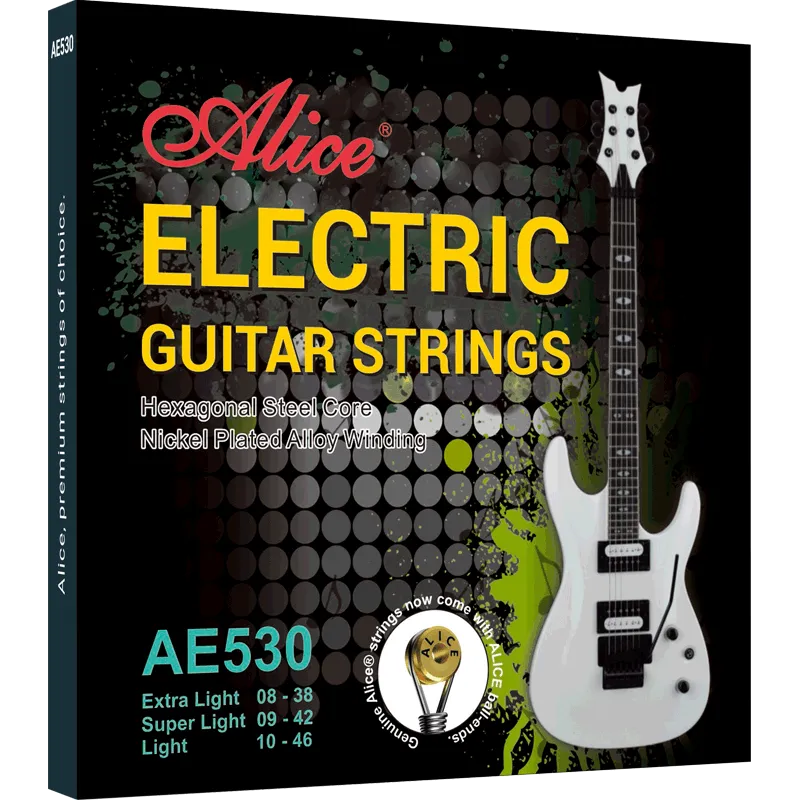
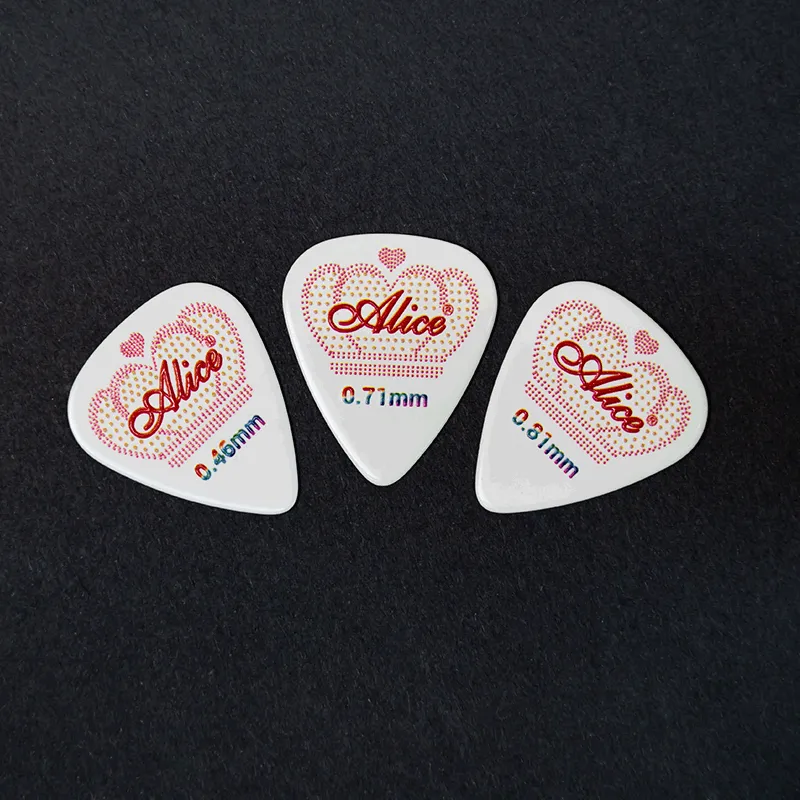
How Guitar Picks Affect Tone – And Why Stocking the Right Types Matters

Electric Guitar Strings Gauge Chart: A Complete Guide for Guitarists
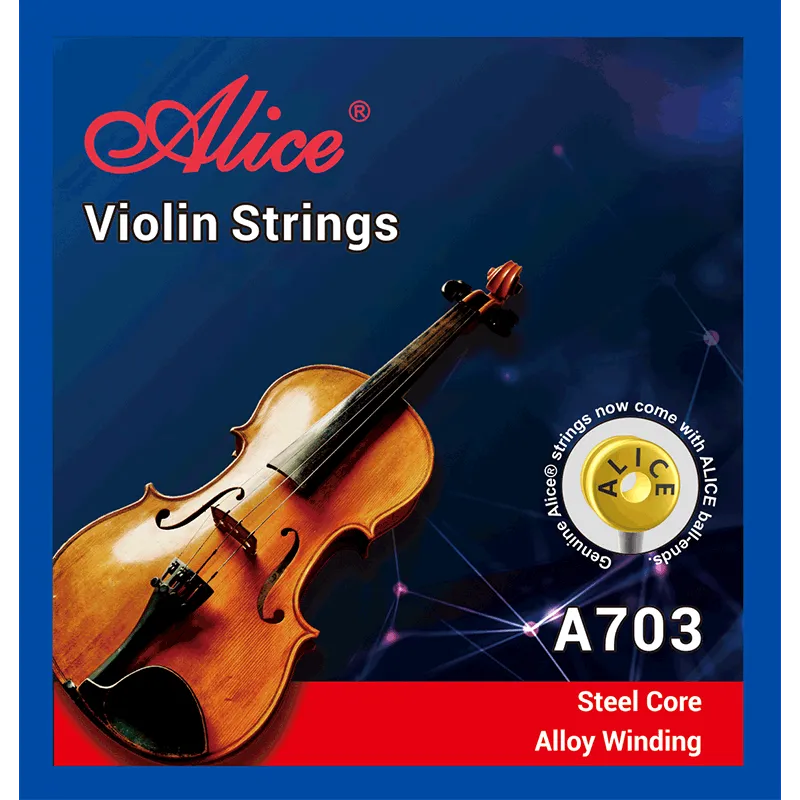
What Are Violin Strings Made Of?
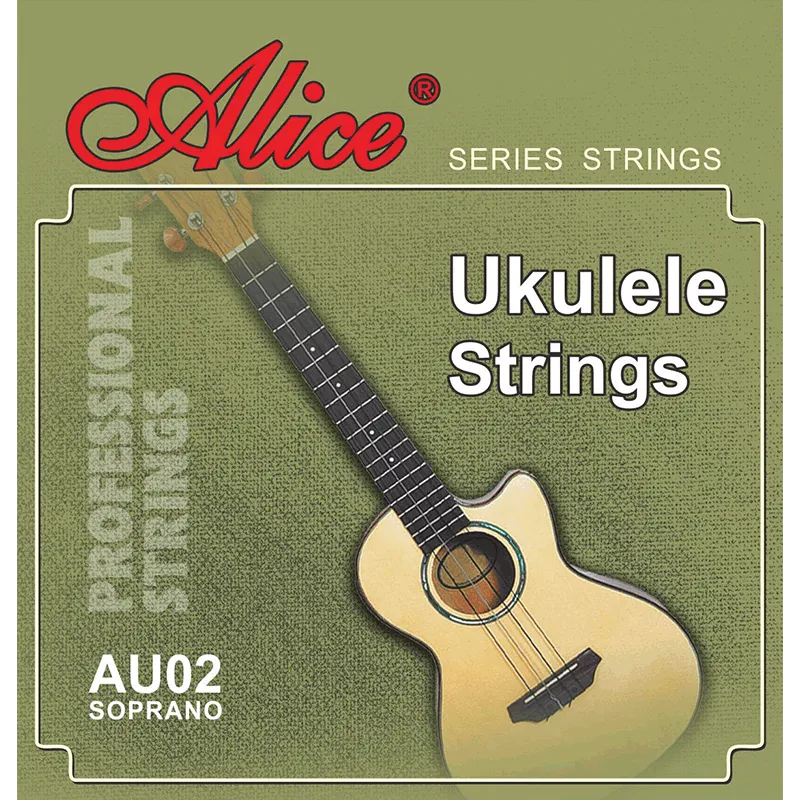
Folk Instrument Strings: Types, Materials & How to Choose the Right Set
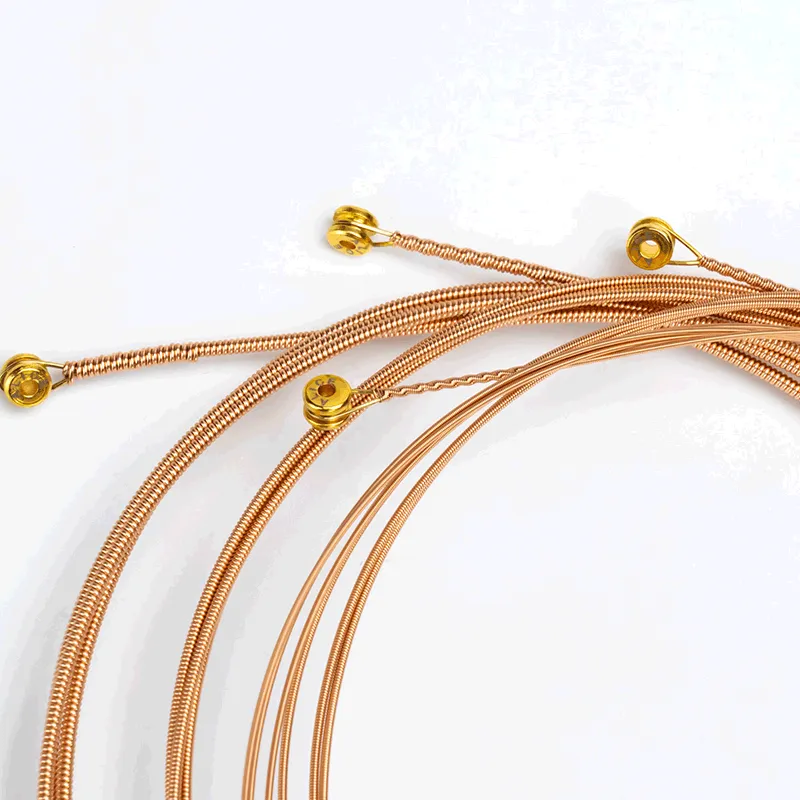
Which Acoustic Guitar Strings Fit Different Music Styles Best?

Common Guitar String Problems: How to Fix Tuning Issues, Rust, and String Breakage
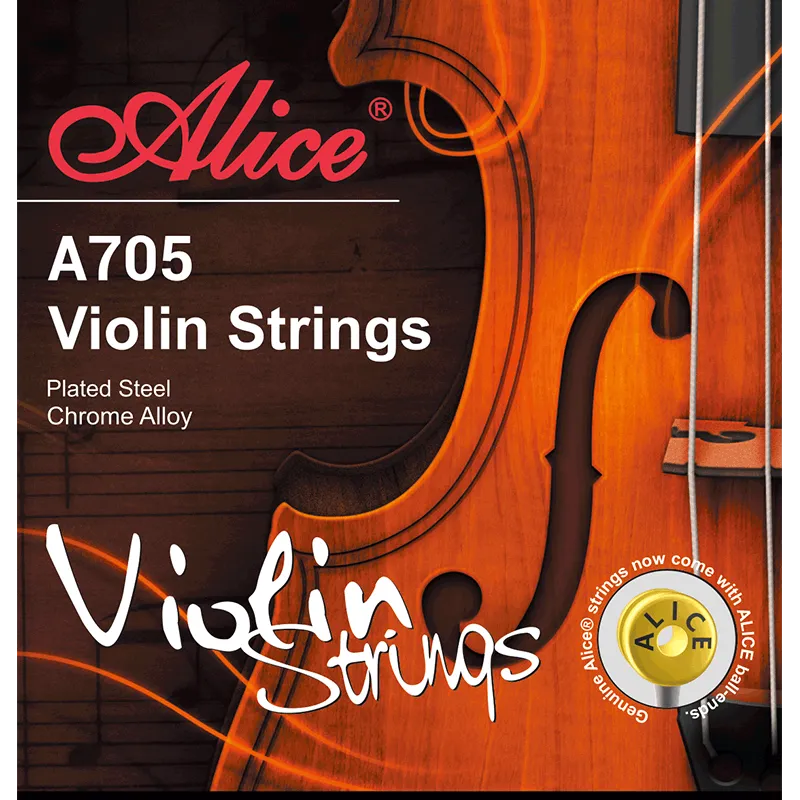
The Complete Guide to Orchestral Strings: Everything You Need to Know

Inside the Craftsmanship: The Manufacturing Process of Guitar Strings
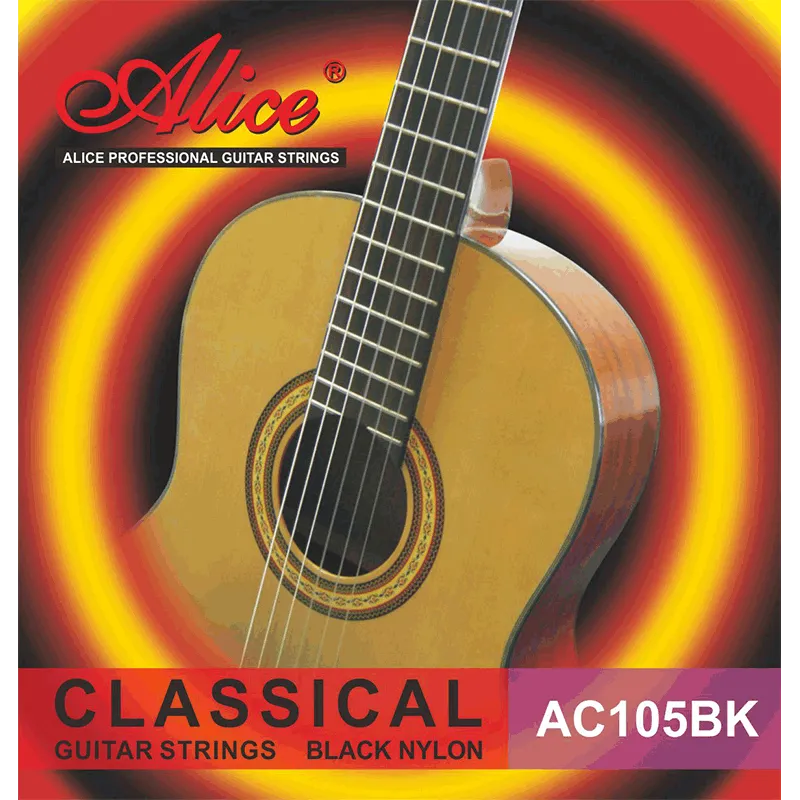
Wholesale Guitar String Purchasing: A Practical Guide for Retailers and Distributors
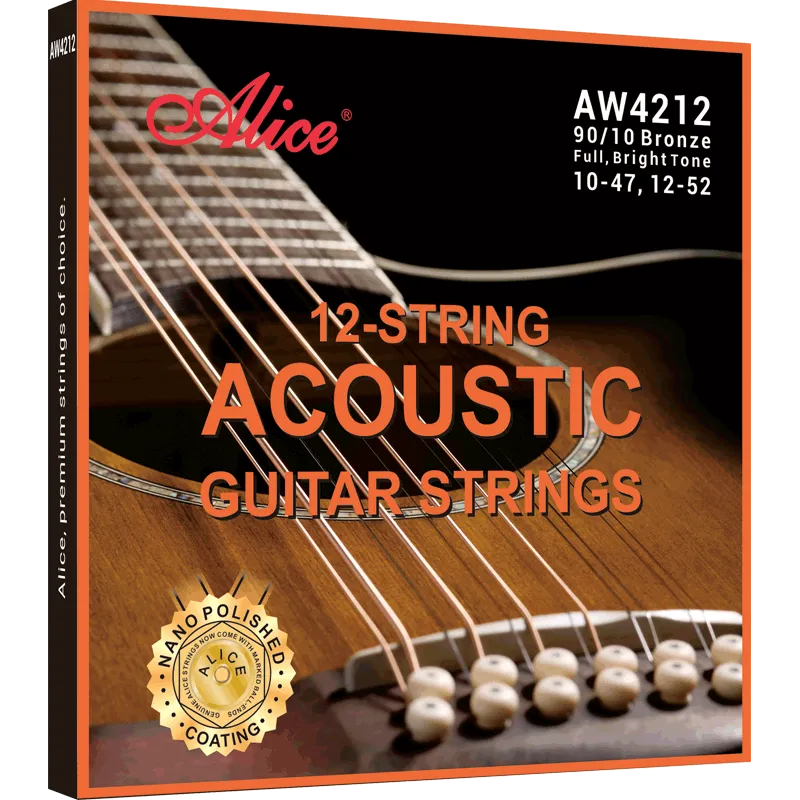
How to Choose the Right Guitar String Models for Export Markets



